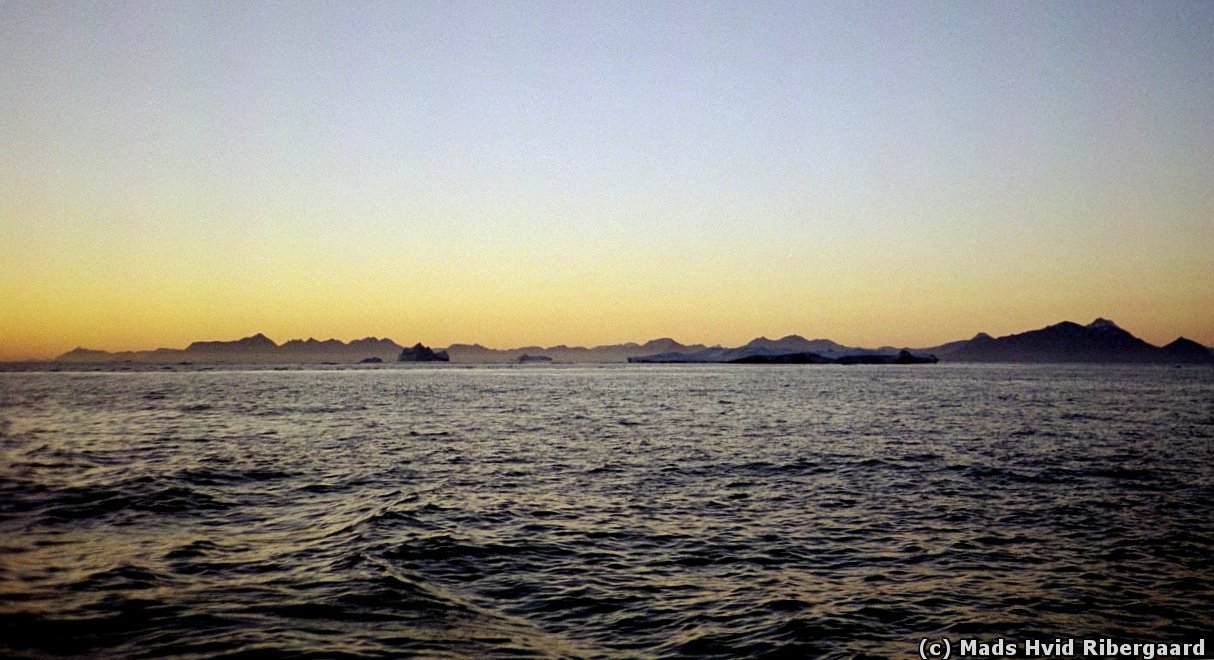Abstract
This thesis investigates the coupling between climate, hydrography and
recruitment variability of fishery resources off West Greenland
with special emphasis on cod and shrimp recruitment. The main
hypothesis investigated is, that the variability of these stocks at
West Greenland is highly controlled by advection of water masses
into the area during their pelagic stages.
This hypothesis is investigated through three different studies:
- A review of the past 50 years of
climatic conditions off West
Greenland is given based on hydrographic and atmospheric
observations off West Greenland. Relationships between the past
variations in fisheries resources, hydrographic conditions, and the
large-scale climatic conditions, expressed by the North Atlantic
Oscillation (NAO), are found. A reduction of the inflow of heat and
salt to the West Greenland area during positive NAO phase from
the late 1960s until the mid 1990s reduces the recruitment of cod
larvae from Iceland. Mature cod migrated out of the area reducing
the predator pressure on the shrimp stock. By-catches of cod by the
shrimp fishery contributed to keeping the predation pressure low.
- Shrimp larvae transport from larval
release to settling at the
bottom is studied, using a particle-tracking model forced by a high
resolution ocean circulation model. Residual anticyclonic eddies are
generated around the shelf banks north of 64°N which largely affect
the retention times at the shelf banks. Similar, plankton
distributions were related to the physical environment described by
observations and the same ocean circulation model. Areas of
permanent upwelling west of the shelf banks found in the model are
suggested to increase the productivity of plankton.
- Transport of cod eggs and larvae from
the Southwest Icelandic
spawning grounds to the Greenland waters is studied for the period
1948–2001 using model based particle tracking forced by a
regional nested ocean model with horizontal resolution of 20–25 km.
Surprisingly, no relation was found between the drift of recruits from
Iceland to Greenland and the observed year class strength of
West Greenland cod. However, we can not reject the hypothesis. A
validation of the ocean model against observations reveals that
the model is far from perfect and even lacking important events as
the Great Salinity Anomaly in the late 1960s in Greenland waters.
Results from the drift model suggest that the drift of cod larvae
towards Greenland is very sensitive to the position of the spawning
grounds.
Download Ph.D. thesis as pdf
Main document
On the coupling between hydrography and larval transport in Southwest
Greenland waters
Appendix A
Ecosystem variability in West Greenland waters
Appendix B
Micro- and Mezozooplankton in Southwest Greenland waters in relation to
environmental factors
Appendix C
Modelling the ocean currents on the West Greenland shelf with special
emphasis on northern shrimp recruitment
Appendix D
Modelling transport of cod eggs and larvae from Iceland to Greenland
waters for the period 1948–2001
Appendix E
Validation of a nested OGCM for the Northwest Atlantic waters

